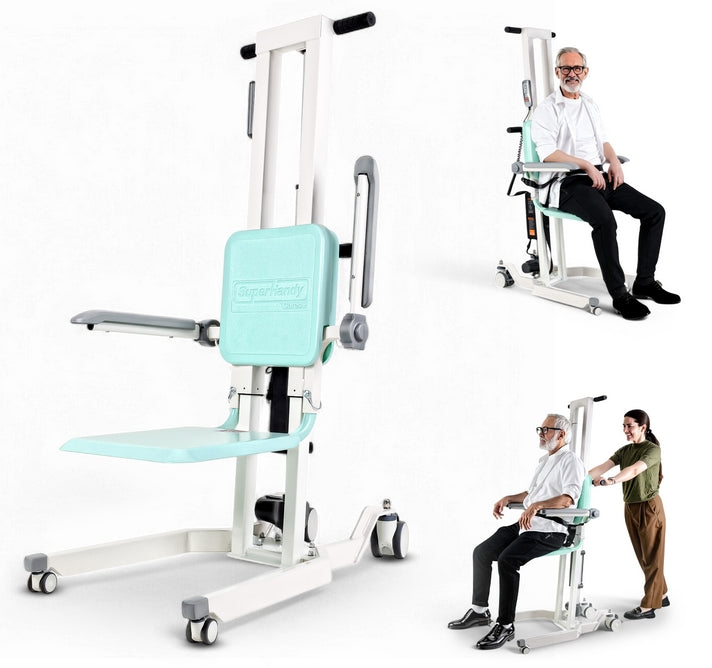As our population ages and awareness around physical disability grows, one challenge continues to impact millions worldwide: mobility limitations. For elderly individuals and people with disabilities, simply standing up from the floor or transitioning from one surface to another can be daunting—or even dangerous. Fortunately, innovative mobility solutions like floor to stand lifts are reshaping how we approach these everyday struggles.

The Rising Need for Home Transfer Solutions
Falls are one of the leading causes of injury among seniors. According to the World Health Organization, an estimated 37.3 million falls require medical attention each year. Beyond the statistics are real stories—individuals who feel helpless on the ground, waiting long minutes (or hours) for assistance to get back up. This scenario is not only physically taxing but also emotionally distressing, eroding one’s sense of independence and dignity.
This is where transfer lift devices become essential. Whether you’re a caregiver or a person with limited mobility, having a reliable lift system in the home can mean the difference between dependence and autonomy.
Supporting Independence and Safety
A floor to stand lift is more than just equipment—it’s a life-changing tool that restores agency. For elderly individuals who live alone or in assisted living environments, these devices allow for a safer, faster recovery from minor falls. Instead of calling emergency services or relying on loved ones for every lift or transfer, a floor lift enables users to regain upright posture independently or with minimal help.
For people with disabilities—whether due to injury, surgery, illness, or lifelong conditions—transfer lifts help bridge the mobility gap. These lifts reduce the physical burden on caregivers, prevent lifting injuries, and minimize the risk of exacerbating underlying health issues for the user.
What to Look for in a Floor to Stand Lift
When choosing a transfer lift, several factors matter:
-
Weight Capacity: The device should support a range of body types safely.
-
Stability and Ergonomics: Comfort and safety during use are paramount.
-
Ease of Use: The ideal lift should be operable by one person, with intuitive controls and minimal setup.
-
Storage and Portability: Especially for home use, compact and foldable designs are more practical.
With the market expanding, not all products meet these critical needs. However, some devices are designed with true user-first thinking.
A Smarter Approach to Lifting: Ergonomic Design in Action
Many traditional lifts are bulky, complicated, or require physical strength to operate. Fortunately, modern innovation has led to a new generation of electric lift systems that address these problems.
Take, for example, this intelligently engineered electric floor lift. It offers a 227 kg capacity, is fully adjustable, and folds away neatly for easy storage—a standout among floor to stand lifts currently on the market. Designed with ergonomic handles and electric lifting, it provides a stress-free experience for both the user and their caregiver. Whether used in private homes, nursing facilities, or clinical environments, this type of transfer lift supports a safer and more dignified recovery process.
Who Benefits from Floor to Stand Lifts?
These devices serve a broad range of people, including:
-
Seniors prone to falls
-
Stroke survivors with partial paralysis
-
Post-surgery patients (e.g., hip, knee, or spinal recovery)
-
Individuals with muscular dystrophy or MS
-
Caregivers seeking safer lifting options
Importantly, having the right lift available doesn’t just benefit the user—it protects caregivers too. Lifting or moving another person can lead to back injuries, muscle strain, or joint stress, especially if done repeatedly without equipment. A floor to stand lift acts as a protective buffer for everyone involved.
Future-Proofing Home Care
As demand for at-home care continues to rise, investing in high-quality mobility aids is more than just a comfort—it’s a necessity. In an ideal world, every home with a high-risk resident would be equipped with a transfer lift that ensures safe transitions and minimizes the risk of injury or hospitalization.
Whether for peace of mind, injury prevention, or restoring a sense of self-sufficiency, floor to stand lifts are an essential component in modern home care.

